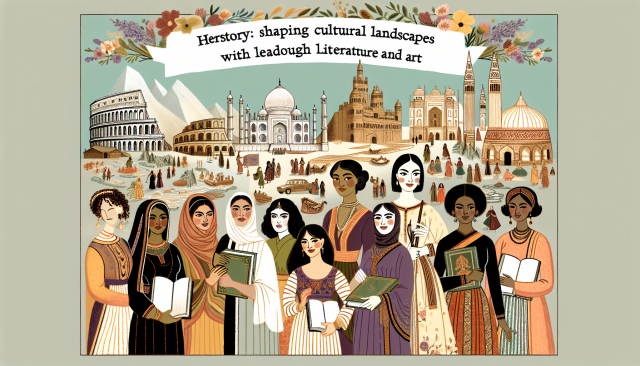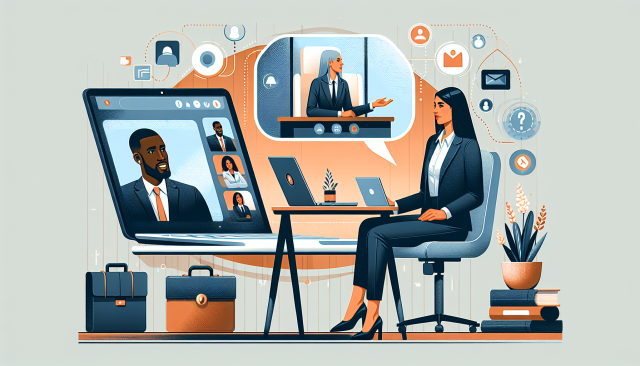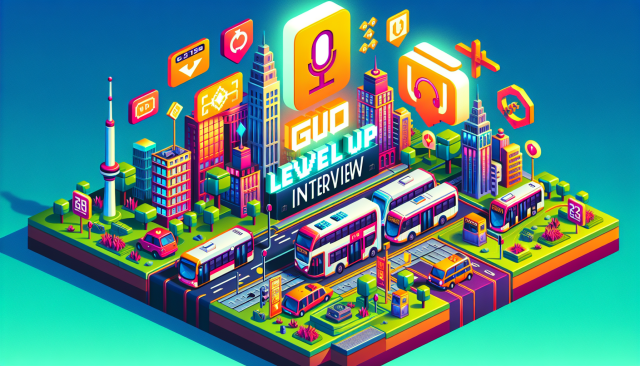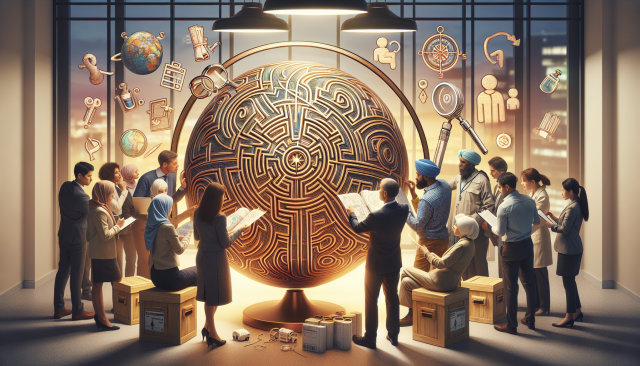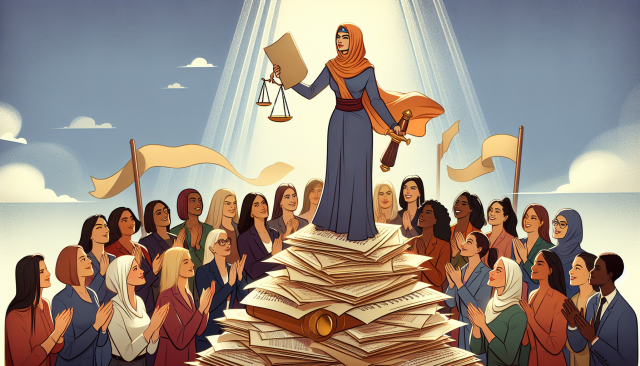The Masterpiece of Career Navigation: Elevating Your Job Search with Precision and Poise
The Masterpiece of Career Navigation: Elevating Your Job Search with Precision and Poise
In the ever-evolving landscape of the professional world, the art of job searching has become a nuanced dance of strategy, self-reflection, and adaptation. For leading professionals, the journey to securing the next impactful role is not merely about casting a wide net but about refining the process to a form of personal and professional artistry.
Understanding Your Professional Narrative
In crafting your job search strategy, begin by delving deep into your professional narrative. This narrative is not just a series of past roles but a tapestry woven from your skills, achievements, and the unique perspective you bring to the industry. Crafting a concise yet compelling story around your career trajectory will allow potential employers to see you not just as a candidate, but as a visionary shaping the future of your field.
Leveraging Advanced Networking Techniques
Networking remains a cornerstone of job hunting, but for leading professionals, this goes beyond attending events or sending LinkedIn invites. It involves nurturing genuine relationships, engaging in thought leadership, and positioning yourself as a go-to expert within your industry. Participate in industry forums, contribute to high-level discussions, and align yourself with mentors and mentees alike. This network becomes your inner circle, one that can both challenge and champion your career path.
Harnessing the Power of Personal Branding
Your personal brand is the distillation of who you are as a professional. In todays digital age, this is reflected not only in your CV but in your online presence. Curate your social media profiles, craft insightful articles that showcase your expertise, and ensure that your digital footprint is consistent and professional. Consider engaging with platforms like LinkedIn to share your insights and become a voice in your industry, thus attracting potential opportunities organically.
Refining the Job Market Strategy
As a leading professional, your job search should be targeted and strategic. Analyze industry trends to identify where your skills are in demand. Tailor your applications to roles that not only fit your expertise but align with your professional values and long-term objectives. Use data and analytics to track application success and refine your approach accordingly.
Mastering the Subtle Art of Resilience
Rejection is an inevitable part of the job search process, even for the most seasoned professionals. The art here lies in resilience. Use each setback as a learning opportunity, refining your approach and strengthening your resolve. Seek feedback, reevaluate your strategy, and remember that each no is a step closer to the right yes.
Conclusion: A Symphony of Strategic Pursuits
The subtle art of excelling in job searches for leading professionals is akin to composing a symphony. It requires a harmonious blend of introspection, strategic planning, and a touch of audacity. By elevating your approach and embracing the intricacies of this art form, you can transform your career journey into a masterful performance, where each note resonates with purpose and potential.



















